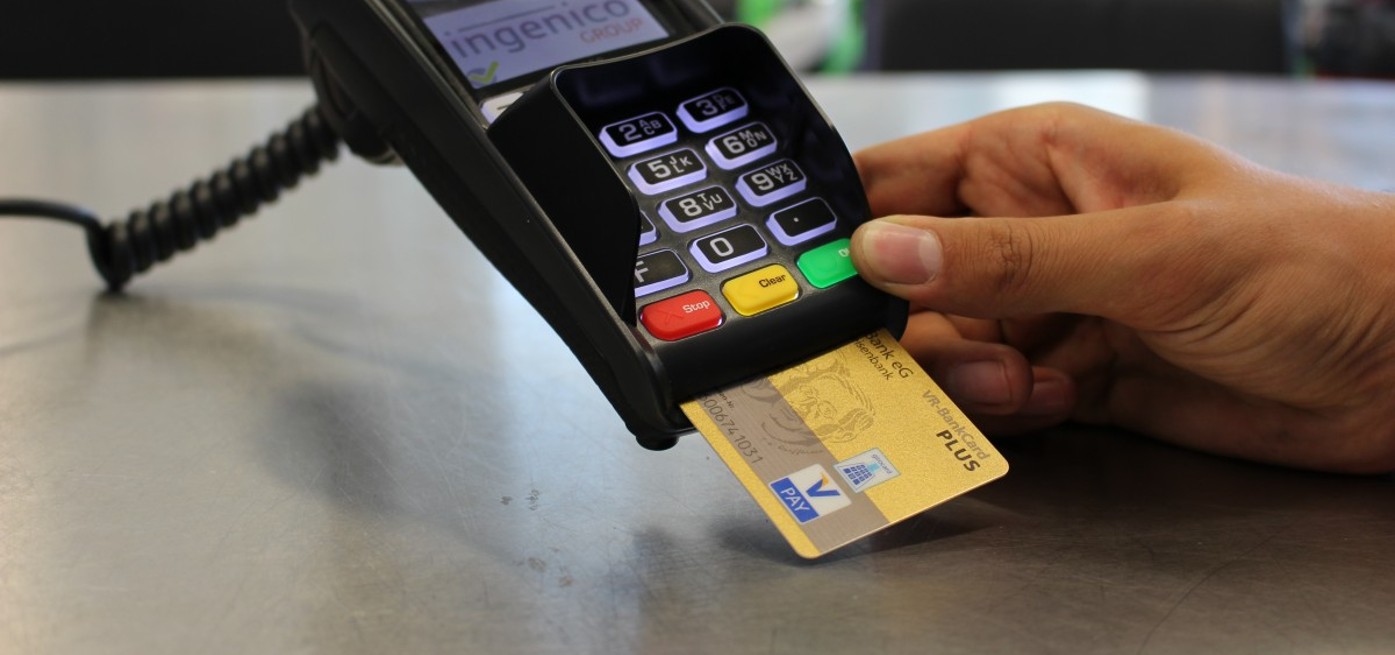
How to Block Drones with a Drone Jammer
In an age where the sky is dotted with drones, the importance of drone jammers has never been more significant. From commercial deliveries to personal

Cell phone signal jammers are devices designed to disrupt mobile phone signals within a certain range. The interference range of a low-power cell phone signal jammer is typically around 100-150 square meters, with an interference radius of approximately 5-8 meters. This article explores the application scenarios and considerations for using low-power and medium-power cell phone signal jammers in different environments.
A low-power cell phone signal jammer is suitable for smaller areas such as classrooms in schools. By strategically placing one jammer per classroom, the entire room can be shielded from mobile phone signals. For example, a 400-square-meter exhibition area would require 3-4 low-power cell phone signal jammers to effectively disrupt signals. However, the number of jammers needed ultimately depends on the signal strength within the exhibition area, as different signal strengths require different interference ranges.
In cases where the exhibition area exceeds 1000 square meters, it is recommended to use medium-power cell phone signal jammers. Due to the limitations of the environment, the installation position of low-power jammers becomes restricted, making them less suitable for larger areas. Medium-power cell phone signal jammers have a higher transmission power, typically ranging from 10-20W per interference module, resulting in a significantly larger interference range.
For a 1000-square-meter exhibition area, there are two possible configurations. The first option is to use two medium-power cell phone signal jammers, with one placed at the front and the other at the back of the area. This configuration is suitable for longer and narrower spaces, effectively disrupting mobile phone signals throughout the venue. The second option is to use one medium-power cell phone signal jammer in combination with several low-power jammers placed around the perimeter of the walls. This hybrid configuration provides a cost-effective solution with a relatively high cost-performance ratio.
Understanding the interference range of cell phone signal jammers is crucial when determining the appropriate number and power level of jammers required for a specific environment. While low-power jammers are suitable for smaller areas, medium-power jammers are more effective in larger spaces. By considering the signal strength and layout of the area, one can make an informed decision on the configuration of cell phone signal jammers to achieve the desired interference effect.
Our frequency checker tool will help you check all frequency bands used in all country.

In an age where the sky is dotted with drones, the importance of drone jammers has never been more significant. From commercial deliveries to personal

Protect your vehicle’s location privacy with a professional guide on GPS jammers. From selection to legal considerations and installation tips, we’ve got you covered. Key

Here’s a step by step guide on how to build your own GPS jammer. Below are the main steps we are going to introduce in

Understanding Signal Blocker: How It Works and Its Applications Signal Blockers are devices that can disrupt mobile phone signals, preventing them from connecting to base

The Application and Benefits of High-Power Signal Jammers Enhancing Signal Blocking Efficiency in Various Environments In today’s technologically advanced world, the need for effective signal

Considerations for Purchasing Exam Room Signal Jammers Ensuring Effective Signal Jamming for Exam Integrity As the year approaches its end, many schools are preparing for

The Importance of Monitoring and Signal Interference Measures During Examinations During examination periods, it is crucial to closely monitor the examination venues and their surrounding

Selecting the Appropriate Cell Phone Jammer for Theaters and Auditoriums Overcoming Challenges in Installation and Maximizing Signal Disruption The Importance of Cell Phone Jamming in

Remote Control of Cell Phone Jammers via Smartphone: A Possibility? With the rapid development of the Internet of Things (IoT), numerous smart home devices have

Supplying high quality signal jamming devices since 2010. The only jammer store you can trust.
Jammer Master © 2024. Premium Signal Jammer Supplier Since 2010.